Paper, Extreme lightweight structures: avian feathers and bones
Flight is not the exclusive domain of birds; mammals (bats), insects, and some fish have independently developed this ability by the process of convergent evolution. Birds, however, greatly outperform other flying animals in efficiency and duration. Birds owe this extraordinary capability to feathers and bones, which are […]
Highly mineralized natural materials such as teeth or mollusk shells boast unusual combinations of stiffness, strength and toughness currently unmatched by engineering materials. While high mineral contents provide stiffness and hardness, these materials also contain weaker interfaces with intricate architectures, which can channel propagating cracks into toughening configurations. Here we report […]
Currently, there are no clinically approved surgical glues that are nontoxic, bind strongly to tissue, and work well within wet and highly dynamic environments within the body. This is especially relevant to minimally invasive surgery that is increasingly performed to reduce postoperative complications, recovery times, and patient discomfort. We describe the […]
NASA’s green aviation project is one step closer to developing technology that could make future airliners quieter and more fuel-efficient with the successful flight test of a wing surface that can change shape in flight. This past summer researchers replaced an airplane’s conventional aluminum flaps with advanced, shape-changing assemblies that form […]
Paper, New Camera Inspired by Insect Eyes
An insect’s compound eye is an engineering marvel: high resolution, wide field of view, and incredible sensitivity to motion, all in a compact package. Now, a new digital camera provides the best-ever imitation of a bug’s vision, using new optical materials and techniques. This technology could someday give patrolling surveillance drones the same exquisite vision […]
Estimates based on the strength, size, and shape of the Atlantic razor clam (Ensis directus) indicate that the animal’s burrow depth should be physically limited to a few centimeters; yet razor clams can dig as deep as 70 cm. By measuring soil deformations around burrowing E. directus, […]
Paper, Bioinspired spring origami
Origami enables folding of objects into a variety of shapes in arts, engineering, and biological systems. In contrast to well-known paper-folded objects, the wing of the earwig has an exquisite natural folding system that cannot be sufficiently described by current origami models. Such […]
Learn about our two Decals!
 Click here to find out more about our Fall Bioinspired Design Decal and our Spring Bioinspired Design in Action Decal – ALL MAJORS are welcome.
Click here to find out more about our Fall Bioinspired Design Decal and our Spring Bioinspired Design in Action Decal – ALL MAJORS are welcome.Berkeley BioDesign Community
 Click here to learn about the BioD: Bio-Inspired Design @ Berkeley student organization or here to signup for more info.
Click here to learn about the BioD: Bio-Inspired Design @ Berkeley student organization or here to signup for more info.Search
Student Login

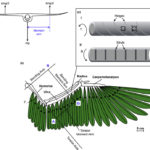
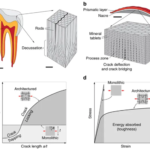

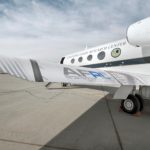
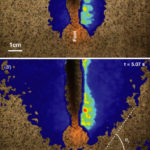
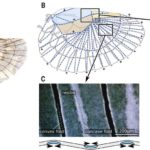


I imagine that the neurological circuits underlying these processes are governed by both 2d spacing maps with their brains as…
to reduce the impact of car accidents, it may be possible to study the force diverting physics of cockroaches to…
you see this type of head-bobbing stability in many avian creatures related to pigeons like chickens. the head ability to…
not like they taught horses how to run! this is an example of convergent evolution where both sea creatures and…
The brain functions in a similar way with neuronal connections. our brains are able to utilize the multiplicity of connections…